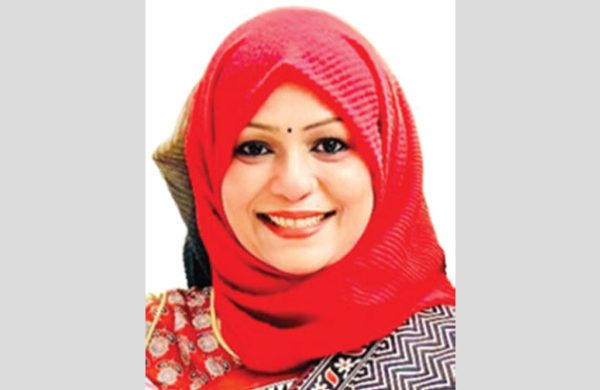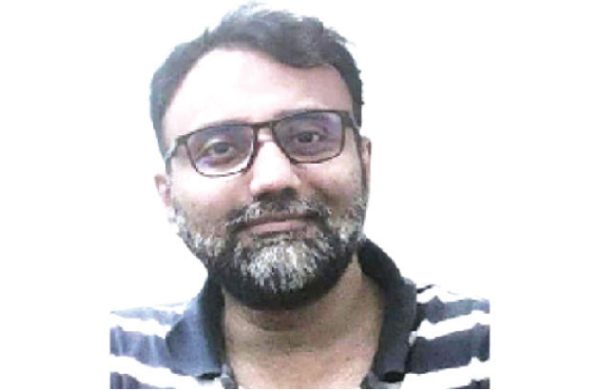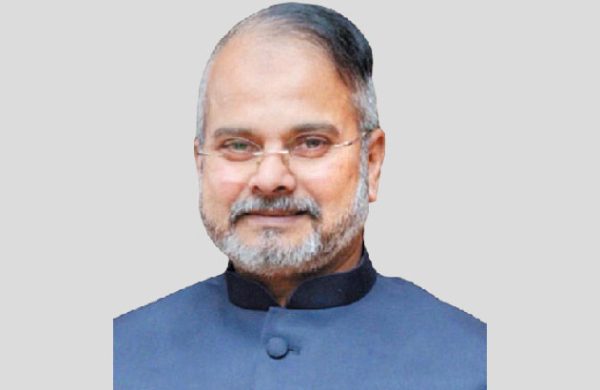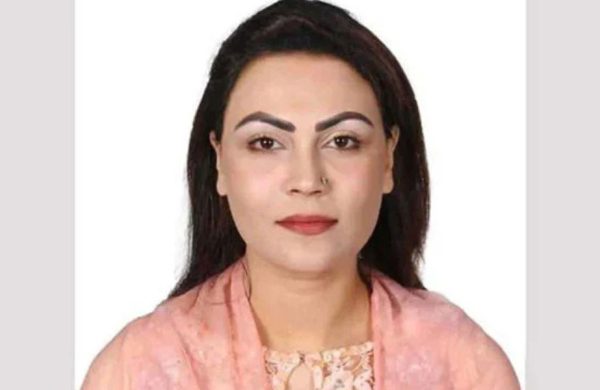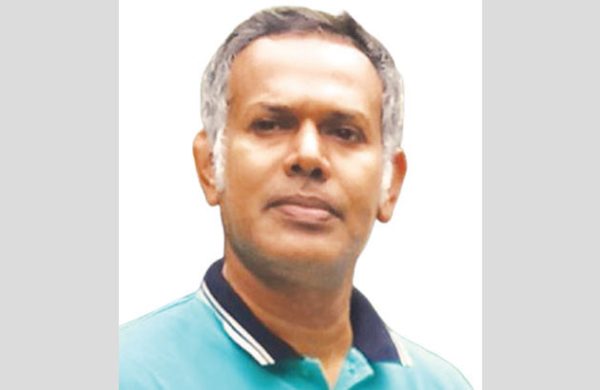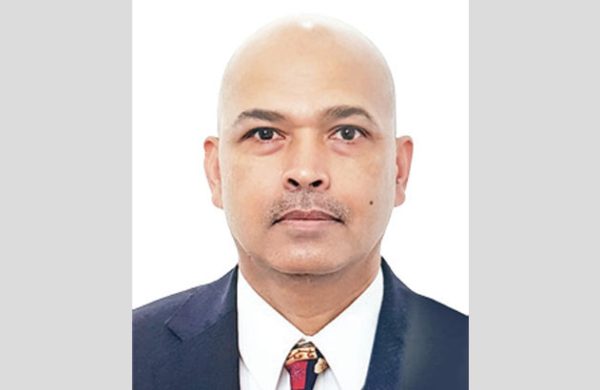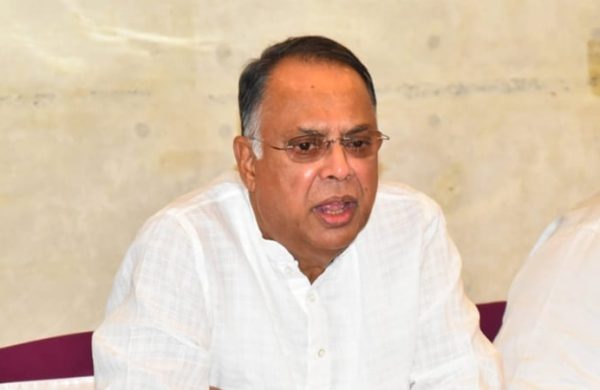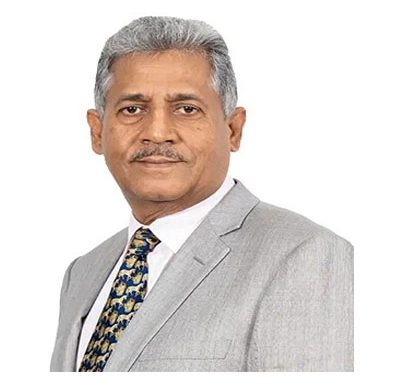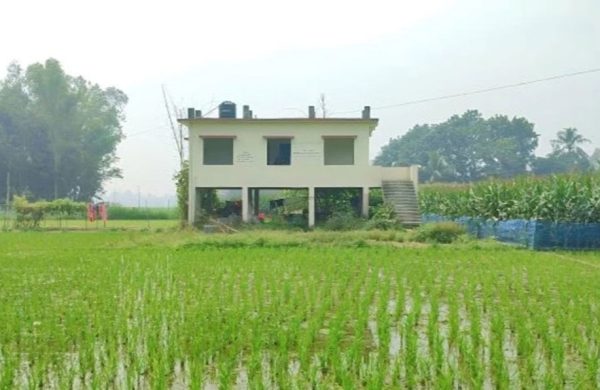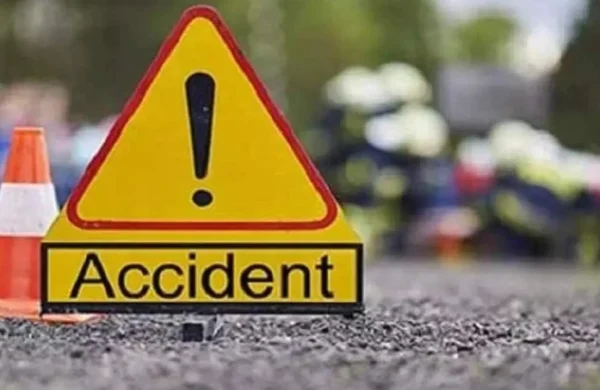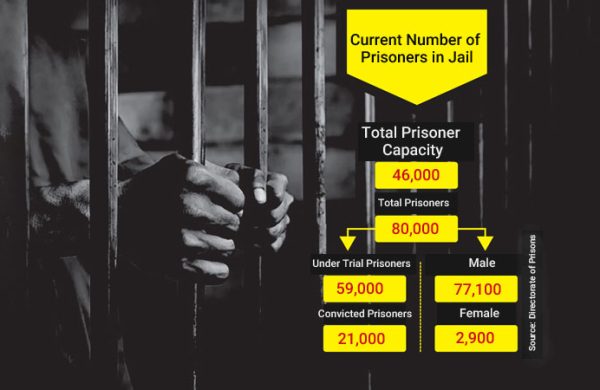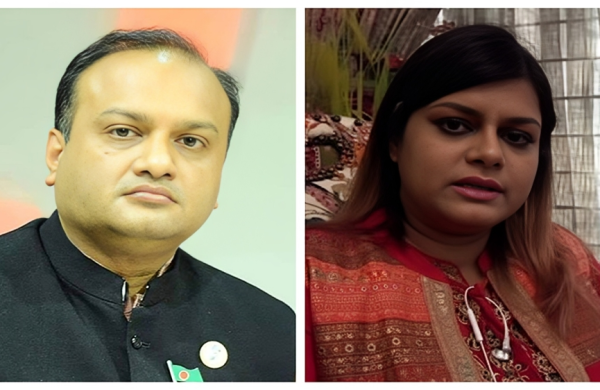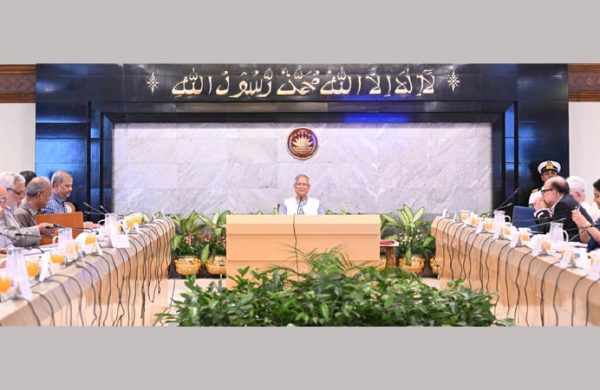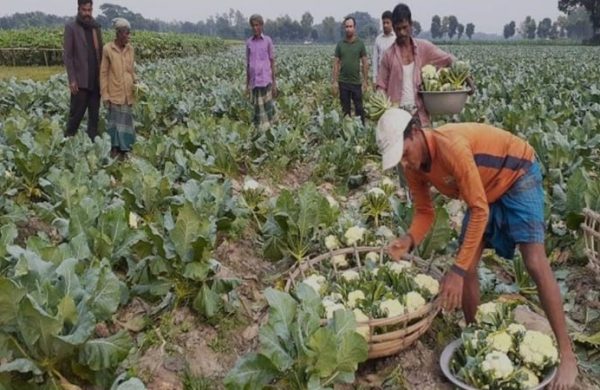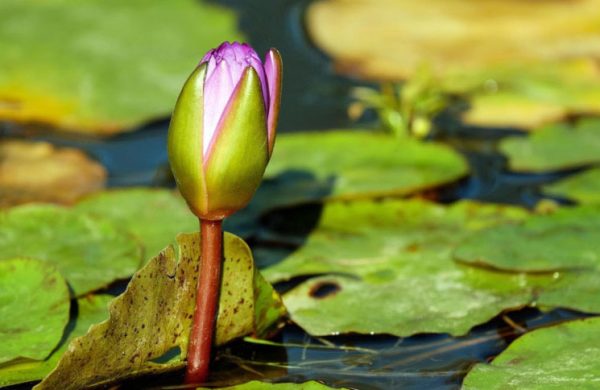Modi-Putin Summit: India-Russia Engagement in a Changed World
- Update Time : Tuesday, July 9, 2024

–Pallab Bhattacharya–
Around the time Indian Prime Minister Narendra Modi visits Russia on 8-9 July for an annual summit meeting with President Vladimir Putin, the top leaders of NATO meet in Washington on 9-11 July where the Ukraine war will be in focus. But more importantly for India, it will offer an opportunity as also a challenge to navigate through the complexities of geopolitics and geo-economics.
The timing has raised questions about the signal India could be sending. In fact, a question was asked by an Indian journalist at Foreign Secretary Vinay Kwatra’s media briefing on Modi’s visit to Russia if there is a larger message in the fact that Modi and Putin are going to meet on exactly the same day as US President Joe Biden welcomes Ukrainian President Zelenskyy, as well as all the NATO members and some Indo-Pacific members. Kwatra promptly shot down suggestions of any connection between the two events and said the Indian Prime Minister’s visit was part of the calendar of summits between the two countries.
There is no doubt that the NATO Summit in Washington will once again drive home the escalating divergence between the West on the one hand and the China-Russia alliance on the other. Modi’s visit, analysts say, is an opportunity for Russia to show the image of Putin receiving a leader of a country of India’s standing as an aspirational power.
India-Russia annual summit, launched in 2000, has not been held since 2021 and this has been scheduled to be held at this time.
New Delhi has always had robust ties with Moscow dating back to the days of the Soviet Union and the Cold War era, particularly in the defence and civil nuclear sectors. Soviet Communism has for long captured the imagination of vast swathes of India’s population during the Cold War years and spawned pro-Left movements in the country. But things began changing since the Soviet Union’s break-up in early 1990.
India has not, however, allowed the ideological baggage of the Soviet era to act as an impediment to moving closer to the West, especially the US, since it began increasingly opening up its economy and expanded its geopolitical ties. This is a transformation underpinned by a belief in diversification of diplomatic options and democratisation of the international order beyond the confines of ideologies in supreme national interest. Successive Indian governments, irrespective of political leanings, have sought a strategic autonomy in its foreign policy.
As part of this autonomy, Modi’s first overseas trip in his third term as Prime Minister attended the summit of the leading Western nations under the rubric of the Group of Seven in Italy. As part of the same autonomy, Modi has chosen Russia for his bilateral foreign visit.
A visit to Russia by Modi could address concerns that India is getting too close to the West, according to foreign policy watchers. While the West has tried to isolate Putin, India, China and powers in the Middle East, Africa and Latin America have continued to build ties with Russia.
India has refrained from criticising Russia over its war in Ukraine and urged the two neighbours to resolve their conflict through diplomacy. At the same time, India has increased its purchases of cheap Russian oil to record levels, skirting the Western sanctions on trade with Russia and often raising the hackles in the process.
Despite the G7 nations’ call for tightening sanctions and cracking down on those circumventing the punitive measures, India and Russia have been looking to diversify trade, increasing Indian exports.
How India reconciles the two issues remains to be seen. Kwatra said India has always been very careful about adhering to the UN sanctions. But insofar as the G7 sanctions are concerned, “We have been in very regular touch with G7 essentially to protect and progress our national interests and our national needs when it comes to our economic interest and our political interest, whether it relates to diamonds or it relates to other sectors of industry and economy.”
India-Russia trade recorded a sharp increase in 2023-24 and touched close to $65 billion primarily due to India’s scaling up of oil purchase but Indian exports accounted for just $4 billion. Correcting this imbalance is an area of challenge for New Delhi. India’s effort will be to increase exports from India to Russia in every sector ranging from agriculture, industry, pharmaceuticals, machinery and services.
Enhancing defence cooperation, which is a key component of the strategic partnership between India and Russia, and bilateral trade are expected to be high on the agenda of the Modi-Putin summit. Defence cooperation relates to co-production opportunities between the two countries, supply of spare parts for existing Russian defence platforms in India and to other equipment that might be involved. The Soviet Union and later Russia has been the most important source of supply of defence hardware to India for decades before India went for diversifying its sources by turning to the US, Israel, Sweden, France and Germany.
______________________________
The writer is a veteran Indian journalist


